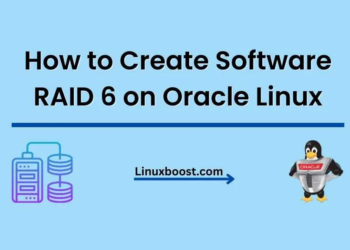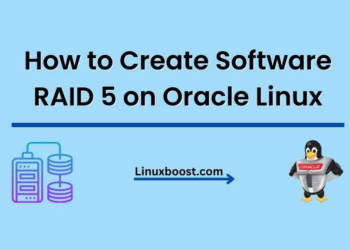If you’re running cPanel CentOS, you may be aware that it has reached its end of life, which means it’s time to make the switch to a supported operating system. CloudLinux OS is an operating system designed specifically for web hosting, and it provides several features that make it ideal for hosting environments, including a secure kernel, CageFS, LVE Manager, and a lightweight virtual environment. In this guide, we will provide a complete guide to migrating from cPanel CentOS to CloudLinux OS.
Preparing for the migration Before you begin the migration process, it’s essential to prepare your server:
- Backup your data: Before making any changes, backup your data to ensure you can restore your server to its previous state if anything goes wrong during the migration process.
- Check your server requirements: Make sure your server meets the requirements for CloudLinux OS.
- Check your cPanel license: Ensure your cPanel license is valid and up to date.
- Check your software compatibility: Ensure all the software you’re using on your server is compatible with CloudLinux OS.
Migrating to CloudLinux OS Here are the steps you need to follow:
Step 1: Purchase a CloudLinux OS license The first step is to purchase a CloudLinux OS license from the CloudLinux OS website.
Step 2: Install CloudLinux OS Once you have purchased a license, you can install CloudLinux OS on your server. CloudLinux OS provides an installation script that will install CloudLinux OS and migrate your cPanel accounts. Here’s how to install CloudLinux OS using the installation script:
- SSH into your server as the root user.
- Download the CloudLinux OS installation script using the following command:
curl -s https://repo.cloudlinux.com/cloudlinux/sources/cln/cldeploy | sh
- Follow the prompts to install CloudLinux OS.
Step 3: Verify the migration After the installation is complete, verify that the migration was successful. Log into your cPanel account and check that all your data is still there. Verify that all your software is still working correctly.
Step 4: Update your software Once you have verified that the migration was successful, update your software to ensure that it is compatible with CloudLinux OS. This includes any third-party software you may be using.
Step 5: Update your security settings CloudLinux OS provides a number of security features that you should take advantage of. This includes setting resource limits for each user using LVE Manager, isolating each user’s files with CageFS, and securing your kernel.
Conclusion Migrating from cPanel CentOS to CloudLinux OS may seem like a daunting task, but it’s necessary to ensure your server is secure and your data is safe. By following the steps outlined in this guide, you can make a smooth transition to CloudLinux OS. Remember to prepare your server, purchase a CloudLinux OS license, install CloudLinux OS using the installation script, verify the migration, update your software, and update your security settings. With these steps, you can enjoy the benefits of CloudLinux OS and provide a secure hosting environment for your clients.





